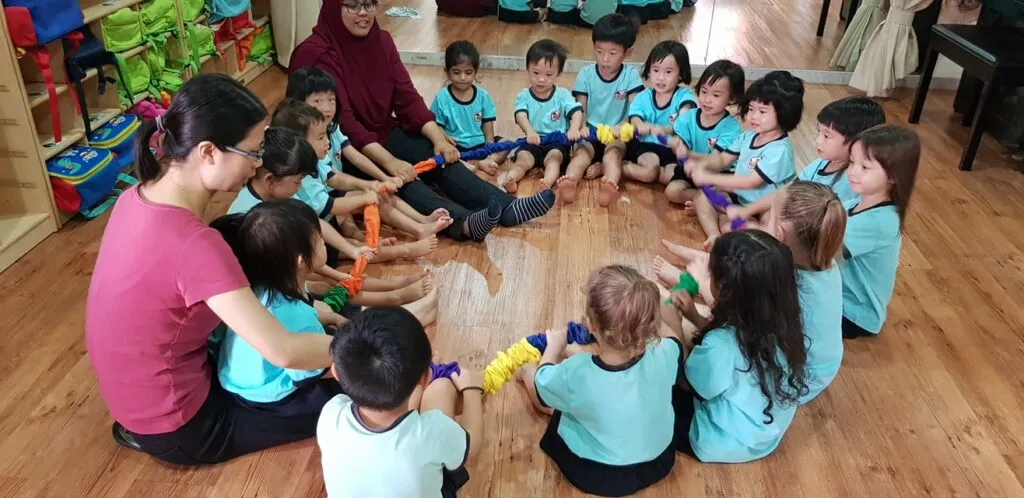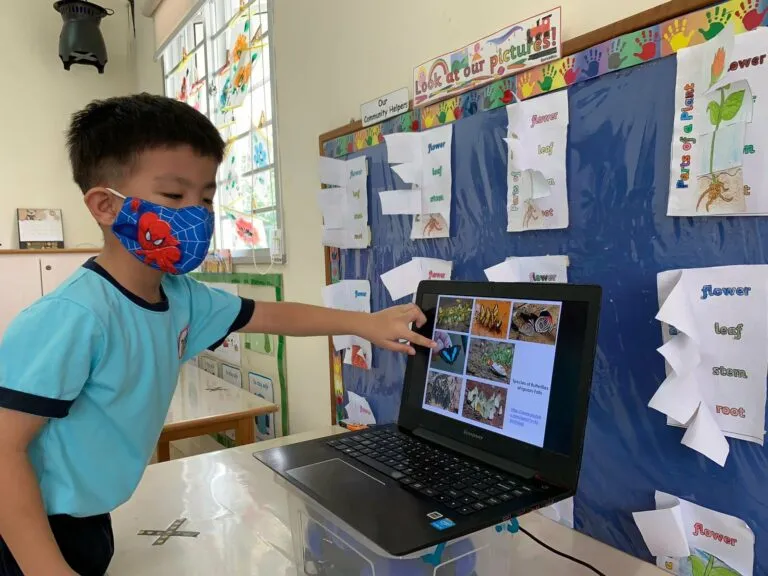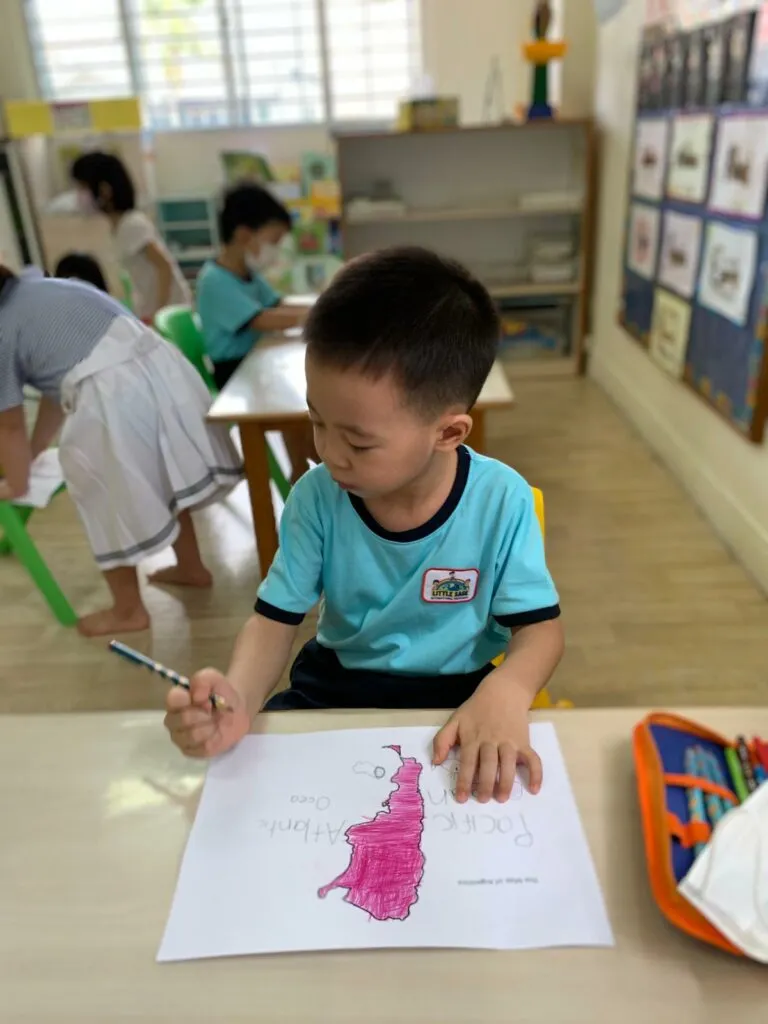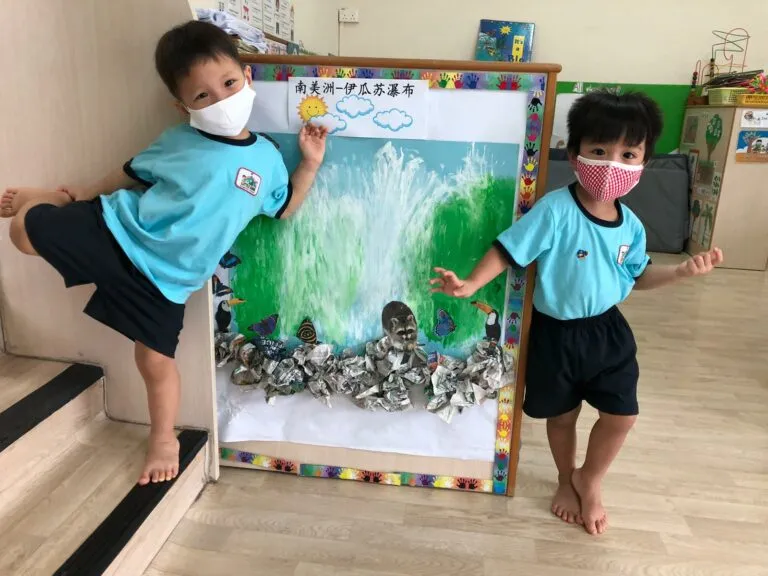This is part 4 of a multi-series article about how to raise a globally competitive child with a positive mindset. In this article, we talk about the importance of bilingualism and how to raise a bilingual child. While countless articles have been written about this topic, I will provide a different perspective, including my journey of becoming multilingual.
Why is it essential for children to learn languages at an early age?
Being bilingual means a person can use and think in two languages with equal level of comfort without having to translate from one language to another mentally. The fact is 90% of the human brain is developed by the age of 5. Bilingualism is most comfortable to establish before the age of 6. That means no language is difficult to learn if a child learns it effectively early on. Once the golden opportunity to learn languages passes, one may never achieve the same level of fluency as if he had learned it at a young age. This is the nature of the human brain, and we must accept this fact.
Why is bilingualism important?
Many parents know the practical benefits of bilingualism because it is manifested in the workplace – more job opportunities, a broader network, higher wages and more flexibility in life. We at Little Sage are convicted that twenty years from now when our children enter the workforce, the chances of them having to deal with people and issues from around the world will be higher than today.
As a result, we put tremendous emphasis on our bilingual Chinese and English program. While most preschools prepare students to be Primary 1 ready and deal with exams, we go beyond that. We build a robust foundation and passion for languages so our children can compete effectively in China with local Chinese just as we teach English as if our students are to compete with locals in the UK, US, Australia or other English speaking countries.
This type of bilingual immersion is unique amongst preschools in Singapore. We can also achieve this because our senior management is multilingual who have gone through this journey themselves. They understand the challenges of achieving multilingualism yet reaping the enormous benefits of the investment they made in learning languages, allowing them to have the edge over peers to work across five continents in senior executive roles.
There are many intangible benefits of bilingualism that are often underappreciated. Bilingualism is the easiest way for a child to comprehend the concept of multiculturalism, allowing a child to understand that being different is the norm. It helps them empathize and overcome stereotypes, such as racism, better. These topics were covered in part 2 and 3 of the series. Ultimately, their lifelong network will be much broader and more dynamic than had they not been bilingual. They will be more equipped to look at the world from multiple perspectives.

How to raise a bilingual child?
Raising a bilingual child is not easy, but depending on the environment, one may have a relative advantage over another. A child who is already born into a bilingual family will have a relative advantage over one who’s born into a monolingual family. But with modern technology, the barriers to becoming bilingual have been lowered substantially.

Know the purpose and your limitations
As a first step, parents need to know why they want a child to speak a certain language. This may seem trivial, but I’ve seen many parents and children give up along the way or dread the learning process. It is very different for me to want my child to learn Malay because I want my child to pass school exams versus I want my child to grasp his true identity, connect better with his family and expand his mind about the world. Your philosophy and motive will ultimately dictate your behavior, which will inevitably manifest itself to affect the child’s perception of the language and the results.
As we have seen, many people learn Chinese for exam purposes only to forget and dread it after exams. After years of studying it, they cannot use it effectively in their workplace because the motivation to learn is not long-lasting.
Secondly, be candid with yourselves and understand what resources you can offer your children. What can you contribute to the child within the household fairly effortlessly? What are you missing that requires you to seek help from external resources? Imagine going on a long adventure. Before you begin, you need to know what to expect along the way and what equipment you need. Either you have them at home already or need to buy outside. To achieve true passion and success in another language requires much more than memorizing and attending enrichment classes.
Have a plan and stick to it
For parents in Singapore who speak a language other than English, I always recommend them to speak to children in that language. Because Singapore is a predominantly English speaking country, children will speak English with their friends and use it to get around when they are older. Thus English will come more naturally. Parents have come me, “My Chinese is not so good, so I feel uncomfortable speaking to my child in Chinese. What can I do?” I tell parents children at a young age are like a piece of white paper. Regardless of how bad you think your Chinese is, you are way ahead of your toddler who has zero knowledge. The fear of the language is coming from the parent, not the child. It is up to the parents to overcome the fear because they need to mentally embrace the language before they can impart that on their children. Parents can also learn with their children along the way. The key is to get the snowball rolling down the hill and momentum will take over. Having parents provide the initial impetus is critical.

Use the free resources!
The beauty of the current generation is information is commoditized and ubiquitous. There are immense amounts of free information to help toddlers learn languages. Instead of showing children cartoons in English, go to YouTube and show them Dora The Explorer in German if that’s the language you want your child to learn. You can find plenty of German programs with English subtitles in case you don’t know German but want to discuss the content with your child. Play them nursery rhymes in German.
Looking back at my journey…
When I first moved to the US at 7 years old, I knew only Cantonese. My parents were not worried about my learning English from scratch because everyone around me spoke English. They wanted me to learn Mandarin because they wanted me to know what being Chinese means truly, but we lacked the resources. My parents didn’t speak Mandarin. There was no Internet and no Chinese enrichment at the time except for weekly Saturday Chinese school. I attended Saturday Chinese school because I looked forward to playing Ping Pong and basketball, which were both taught in Mandarin by Taiwanese instructors. At home, my parents were one of the early adopters of Karaoke (back in the early 90s, they were large LCDs). They would sing old-school Taiwanese songs. After watching them have so much fun, eventually, I joined the action. I would learn to read the characters shown on screen and enunciate the words one by one repeatedly. The more songs I learned, the more pride I had and only wanted to master more. To me, learning Chinese was fun and natural because it was a conduit to some of my favourite activities with friends and family members.
As I learned more vocabulary, I would look for Chinese books to read because I was enamoured with the language and culture. While I used a paper-bound dictionary (again, pre-internet days), it was this time-consuming process that naturally required me to grasp the fundamental concepts of strokes and how Chinese characters are composed. In university, aside from Finance and Management, I also chose Chinese history and literature as one of my majors to fulfil my voracious appetite to learn about my own culture. Ironically, prior to university, I had not taken a single Chinese course for a grade! It was all for fun. I studied abroad in Beijing and would actively look for locals with whom to interact. At the same time, other international students may choose to interact with other foreigners and speak in a language they are most comfortable with. I would travel around China with a pocket dictionary to deliberately put myself in situations to talk about nothing but Chinese. Who would’ve expected such an unconventional journey of learning languages would serve as a stepping stone to my eventual global investment career and network and intimate discovery of my roots?

How do we raise our children?
My wife, whose Mandarin is rudimentary, made the conscious decision to converse with our daughter only in Mandarin. When my wife doesn’t know certain characters, she would use Google to translate or ask me. The limited screen time my daughter has is rarely in English. We rarely play her songs in English. Her Cantonese comes only from me. Every night I read her bedtimes story in Cantonese. We always spend time to share in Cantonese about our day. As parents, we never respond to her in English. If she tries to speak English to us though my wife and I speak English to each other, we reply only in our designated language and remind our daughter to speak to us in Asian languages only. Our philosophy is if they resist a language now, they will only resist more as time passes. Therefore, for her benefit, we remain steadfast with our approach. In addition, given the strong bilingual program at Little Sage, we frequently communicate with the teachers and share with them the goals for our daughter. The teachers work closely with parents and customize activities to help them achieve their goals. While we started the snowball, the school sustained and augmented the momentum for us. By my daughter’s third birthday, she is native in English, Mandarin and Cantonese.
Before 3, my daughter also started Spanish. While I studied Spanish for 4 years and took standardized exams in my teenage years, I forgot most of it since I did it purely for academics. Thus I am not in a position to teach her. Knowing the deficiency, I would use the Chinese cartoons she likes and search for the Spanish version but with English subtitles, for me to discuss the plot with her afterwards. After playing the same English or Chinese nursery rhymes in Spanish, she would start singing to the Spanish version as she already knew the context.
After trial and error, I found an online Spanish teacher for her in South America. To further her journey, I revived my studies of Spanish by using the same instructor as my daughter. My daughter would sit in on my class just as I would accompany her for her classes. We learn together and do the same colouring exercises together. While the journey ahead won’t be easy, I am confident she can be multilingual because we treat it merely as quality and playful daddy and daughter time. Furthermore, Little Sage ingrained in her Iguazu Falls and Argentina places she is deeply fascinated with. She is eager to learn Spanish so that she can visit Argentina one day.
The key to learning a language is to adopt a process that is proven. Once you have a process in place that works, you can replicate it for other languages too.
For more information and a tour, please visit https://littlesagepreschool.com.sg/












